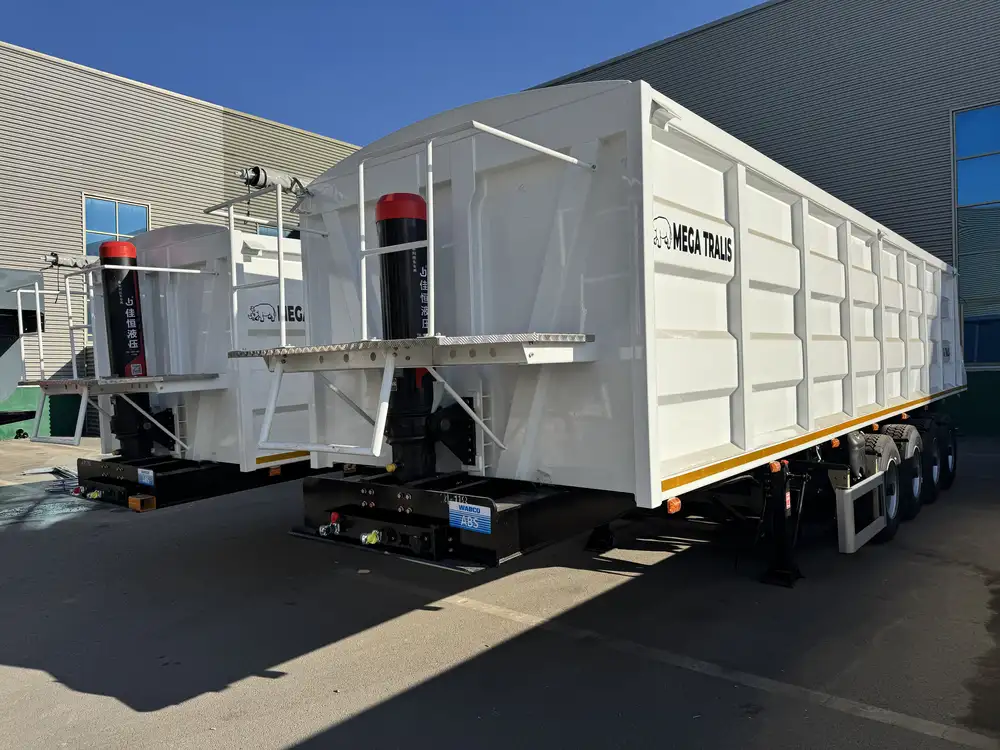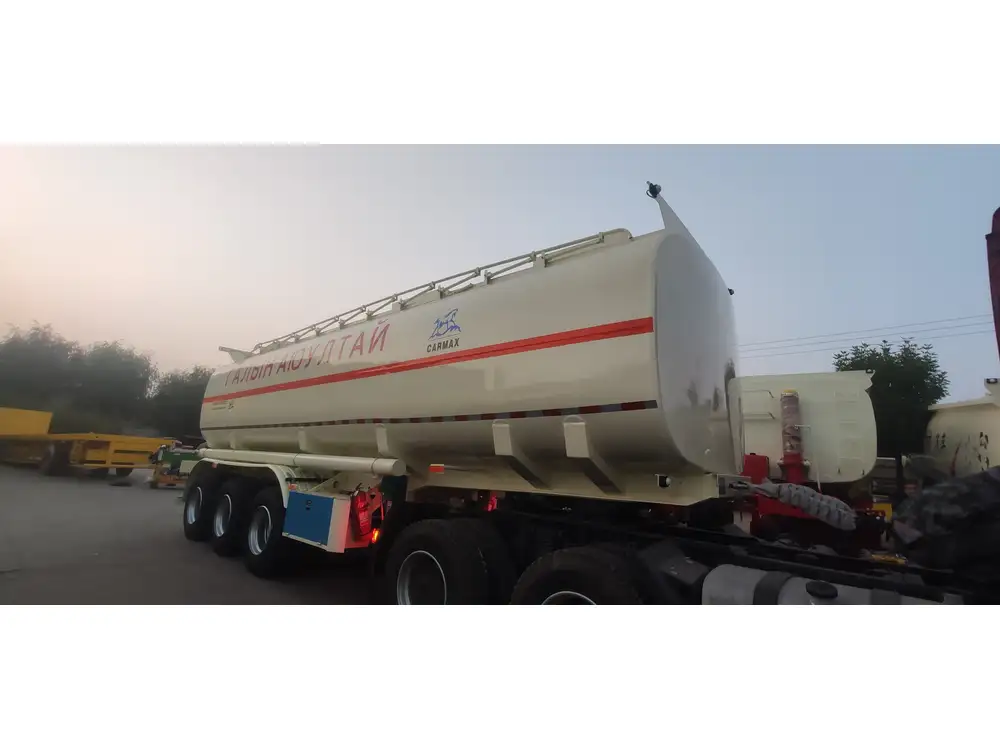Building a flatbed trailer can seem like a daunting task, but with a methodical approach, it becomes an achievable project. This guide covers essential steps, crucial materials, detailed construction processes, and safety considerations to ensure your flatbed trailer meets your needs.
Understanding the Purpose of a Flatbed Trailer
A flatbed trailer serves a myriad of functions, from transporting construction materials to carrying heavy equipment. Understanding its intended use will guide your design, dimensions, and materials. You may consider the following aspects when defining the purpose:
- Dimensions: Length and width tailored to specific loads.
- Load Capacity: Weight tolerance based on materials and intended transport.
- Design Features: Ramps for loading/unloading, tie-down points for securing cargo.
Types of Flatbed Trailers
Before diving into construction, it is essential to familiarize yourself with various flatbed trailer types:
| Trailer Type | Description |
|---|---|
| Standard Flatbed | Uniform surface; versatile for many cargo types. |
| Lowboy Trailer | Designed to carry oversized loads; low deck height. |
| Utility Trailer | Small, lightweight; perfect for personal use. |
| Gooseneck Trailer | Attaches to a truck bed; better maneuverability. |

Materials Needed for Construction
Essential Components
To construct a flatbed trailer, one must gather the following materials:
- Frame material: Steel or aluminum; steel offers greater strength, while aluminum provides reduced weight.
- Decking: Plywood, treated lumber, or metal sheets to create the trailer bed.
- Axles: Necessary for rotational movement; choose based on load capacity.
- Wheels and Tires: Ensure compatibility with axle specifications.
- Lights: Required for visibility and safety during transport.
- Safety Chains: Crucial for securing the trailer to the towing vehicle.
Tools Required
Your project will demand a wide array of tools, including but not limited to:
- Welding machine: For joining metal components securely.
- Saw: Should be appropriate for cutting metal and wooden components.
- Drill: For making holes for bolts and screws.
- Tape measure: Accuracy in measuring dimensions is critical.
- Level: Ensures your trailer is balanced.

Step-by-Step Construction Process
Step 1: Design Planning
Begin with a detailed design blueprint of your trailer. Include dimensions, load specifications, and specific features such as:
- Overall length and width
- Height from ground to deck
- Ramp design (if necessary)
Utilize CAD software for precision or hand-draw your plans if you’re comfortable. It’s vital to consider weight distribution and structural integrity when finalizing your design.
Step 2: Frame Construction

Cutting the Frame
Cut steel or aluminum plates according to your design specifications. The frame generally consists of two longitudinal beams with cross beams positioned at intervals.
Weld the pieces together, ensuring that all joints are secure and meet the structural requirements.
Adding Support
Install cross members under the frame. The number and placement will depend on expected load and frame length.
Use a level to double-check that the frame remains even during this process.
Step 3: Installing the Deck

Choosing Deck Material
For heavier loads, consider metal sheets for durability. For lighter loads, plywood or treated lumber can suffice.
Cut the decking material to size and lay it flat atop the frame.
Securing the Deck
Bolt or screw the deck securely to the frame. Use weather-resistant fasteners to ensure long-lasting integrity.
Create at least one tie-down point for securing cargo safely.
Step 4: Adding Axles and Wheels

Axle Placement
Determine the appropriate location for the axles based on weight distribution. Generally, placing them under the center of the load area is ideal.
Install the axles using brackets and follow the manufacturer’s guidelines for secure attachment.
Attaching Wheels and Tires
Install the wheels onto the axles, ensuring that the lug nuts are tightened appropriately to prevent slippage.
Check for wheel alignment and spin the wheels to confirm there is no obstruction.
Step 5: Installing Lights and Safety Features
Attach tail lights and reflectors in compliance with local laws to enhance visibility and safety during transport.
Install safety chains to provide additional security.

Step 6: Final Checks and Testing
Inspect Your Work
Conduct a thorough inspection of the entire trailer. Look for sharp edges, loose connections, or anything that could pose a danger during transport.
Test the trailer’s weight capacity in a controlled environment before regular use. Ensure stability and safety at various load levels.
Final Touches and Maintenance Tips

Painting and Protection
Corrosion Protection: Apply a rust-resistant coating or paint to protect the metal surfaces from weather damage.
Regular Maintenance: Schedule periodic checks for wear and tear, especially of tires, lights, and attachment points.
Enhancing Usability
- Consider optional features such as removable side rails, custom hitch systems, or in-built ramps based on your needs.
Common Challenges and Solutions

Misalignment During Assembly
When constructing, misalignment is a frequent issue. To combat this:
- Use a robust jig during the initial stages to maintain the square of the frame.
- Continuously check the level to avoid any inconsistencies that may arise as you add weight and components.
Weight Distribution Problems
Improper weight distribution can lead to hazardous driving conditions. To ensure stability:
- Conduct weight tests on flat ground before transport.
- Adjust the position of axles or load to find the ideal balance.
Legal Compliance and Licensing
Be mindful that local laws may dictate specific trailer sizes, load capacities, and safety requirements. It’s crucial to:
- Consult local regulations regarding trailer construction and operation.
- Register your trailer and obtain any necessary permits.

Conclusion
Constructing a flatbed trailer is a multifaceted project that requires careful planning, precise execution, and ongoing attention to safety and compliance. Through diligent adherence to the outlined steps, the right choice of materials, and an emphasis on balance and stability, your trailer will serve you reliably across various transport needs.
By following this comprehensive guide, you are well on your way to creating a highly functional flatbed trailer that meets your specific requirements and adheres to safety standards. The endeavor may present challenges, but with persistence and attention to detail, the outcome will undoubtedly be rewarding.



